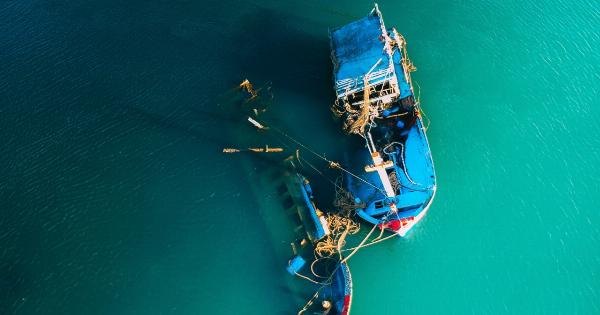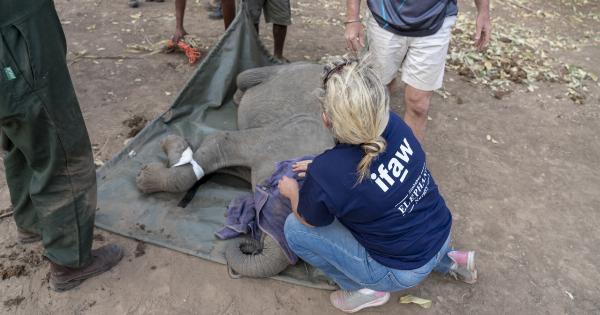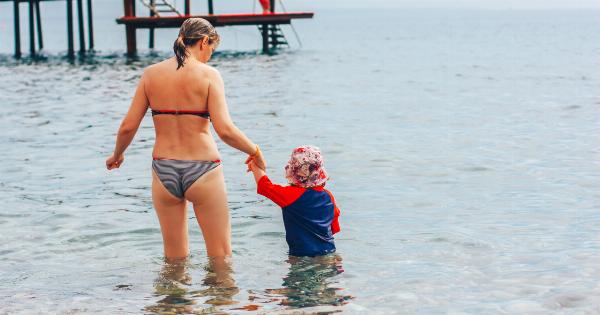Spending time in water settings, whether it’s a pool, beach, or lake, is a fun and refreshing way to relax and enjoy the outdoors. However, it also comes with some risks.
Water-related accidents and injuries are unfortunately common and can be very serious. In fact, drowning is the second leading cause of unintentional injury-related death among children aged 1 to 14 years old in the United States. It’s essential to take steps to prevent accidents and injuries in water settings to keep everyone safe.
Swimming Lessons
One of the best ways to prevent accidents in water settings is to make sure that everyone knows how to swim. Swimming lessons are an effective tool to prevent drowning accidents, especially among children.
Learning how to swim not only improves comfort and confidence in the water but also teaches important water safety skills such as floating, staying afloat, and breathing control. All children should take swim lessons at an early age to help reduce the risk of drowning.
Supervision
Supervision is also critical in preventing accidents and injuries in water settings. Parents, caregivers, and lifeguards should keep a watchful eye on anyone in or near the water.
Never leave children unsupervised in the water or near the water’s edge, even if they know how to swim. Children can get into trouble quickly in the water, and supervision can prevent accidents and injuries from turning into tragic events.
Life Jackets
Another important safety measure in water settings is the use of life jackets. Life jackets provide buoyancy and support, keeping the wearer afloat in the water.
They are especially useful for non-swimmers, young children, and anyone who may tire easily in the water. When swimming or boating, always wear a life jacket. Make sure to choose a life jacket that fits properly and is designed for the activity you’ll be doing.
Water Safety Rules
Establishing and following water safety rules can help prevent accidents and injuries in water settings.
Basic rules can include staying within designated areas, swimming only when there is a lifeguard present, and following all posted signs and warnings. Additional water safety measures include taking breaks every hour or so to rest, rehydrate, and recharge, and checking the weather forecast before heading out to the beach or lake.
Water safety rules can help promote responsible behavior and reduce risk in water settings.
Alcohol and Drugs
Alcohol and drugs can impair judgment, which can lead to risky behavior in water settings. It’s essential to stay sober and alert when swimming, boating, or participating in any water-based activity.
Combining alcohol or drugs with water activities can result in unnecessary accidents and injuries. Avoid alcohol and drugs, and never allow anyone under the influence to participate in water activities.
First Aid and Emergency Preparedness
Accidents and injuries can still happen even with proper precautions in place. It’s important to be prepared to respond quickly to these types of situations.
Know the location of the nearest first aid station and have a plan of action in case of an emergency. CPR and first aid training can also be beneficial in emergency situations. Having a well-stocked first aid kit on hand can help treat minor injuries before they turn into more serious problems.
Weather and Water Conditions
Weather and water conditions can significantly impact safety in water settings. High winds, lightning, and rough currents can all pose risks. Always check weather reports and water conditions before entering the water, to ensure it’s safe.
Follow all warnings and restrictions posted by lifeguards or beach managers.
Conclusion
Preventing accidents and injuries in water settings is essential for maintaining a safe and enjoyable experience for all.
From swimming lessons to supervision, following water safety rules, avoiding alcohol and drugs, and being aware of weather and water conditions, there are many steps we can take to stay safe. As we enjoy the many benefits of water settings, let’s also prioritize safety to prevent unnecessary accidents and injuries.































